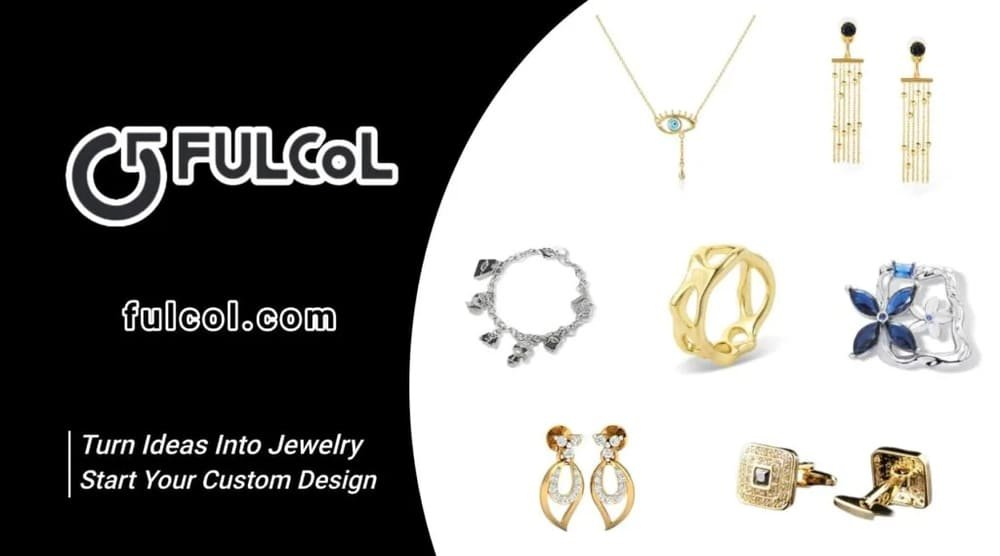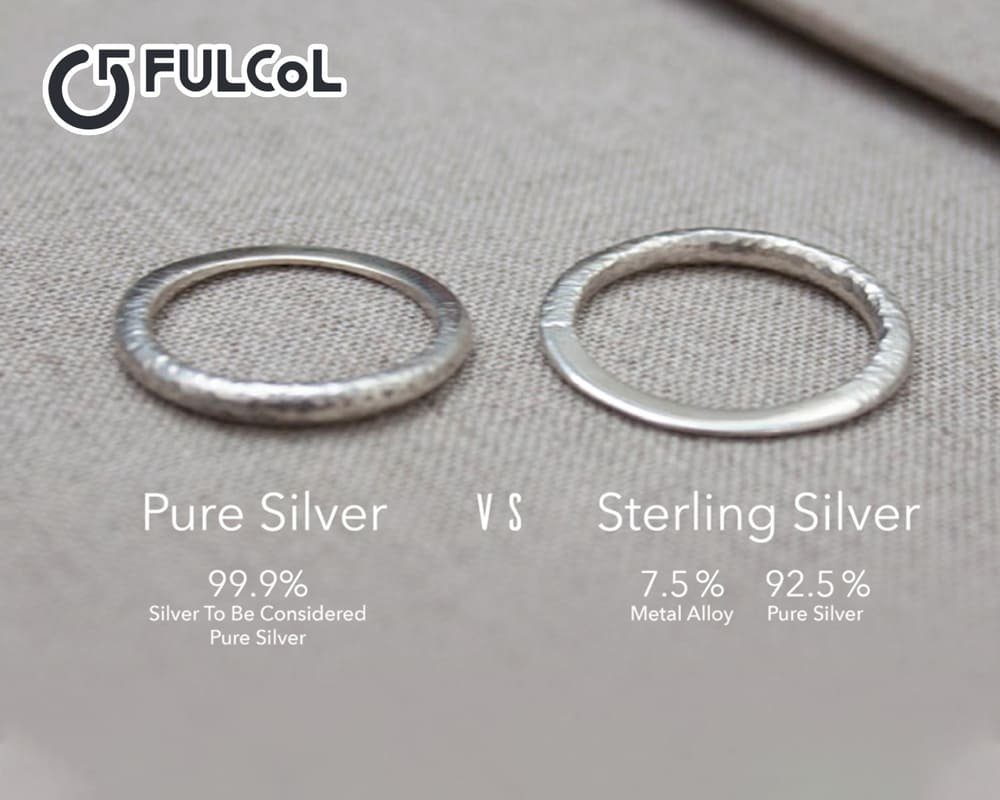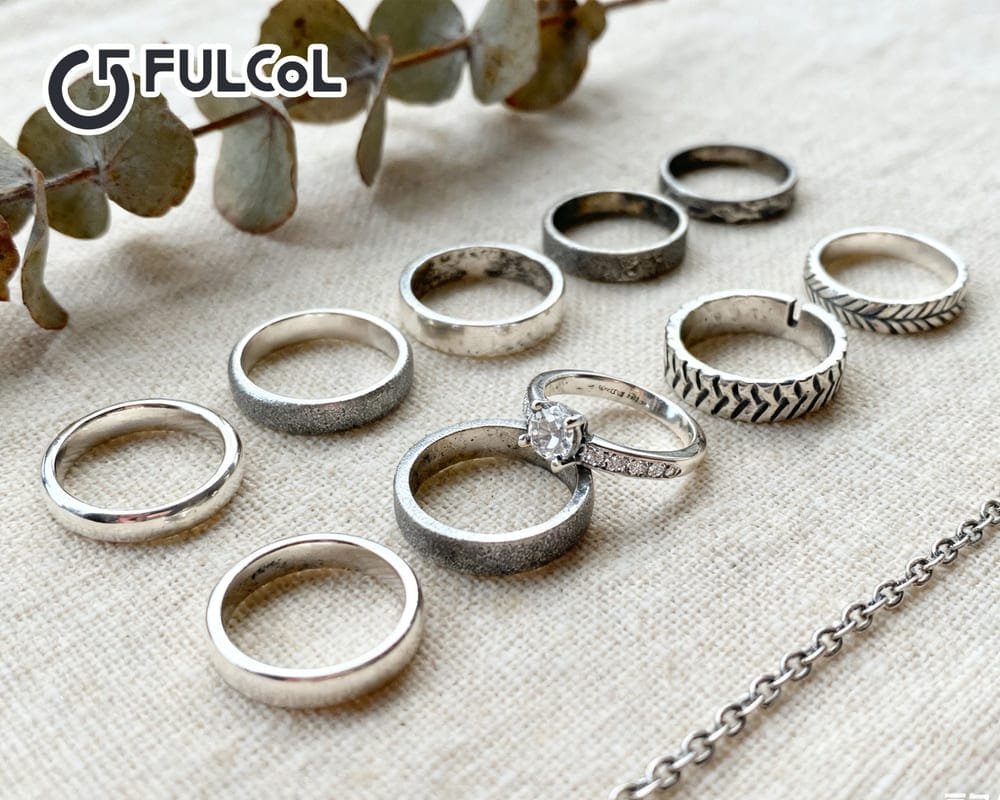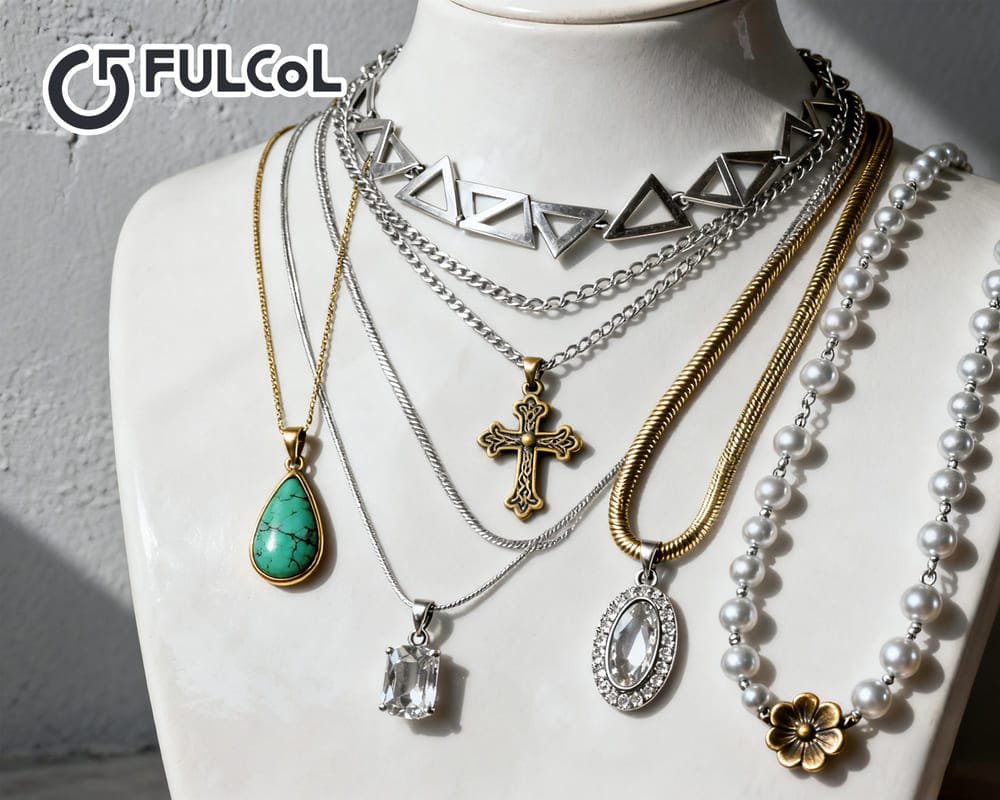Table of contents
What is Pure Silver
Pure Silver, also known as 999 silver or fine silver, is a metal with a silver content of 99.9% or higher, almost free of other metal impurities. It is naturally bright, highly malleable, and ideal for fine engraving and high-end jewelry.
Composition and Properties
- Silver content reaches 99.9%, with almost no copper or other alloys.
- Soft texture, easy to work with, suitable for intricate designs.
- Naturally shiny, but low hardness makes it prone to bending or scratching.
Applications and Limitations
- Jewelry: Used for premium collectible rings, necklaces, and bracelets.
- Crafts: Silver coins, trophies, and commemorative items.
- Limitations: Pure silver is soft and not suitable for everyday wear or mass production.
In contrast, 925 Sterling Silver improves hardness and durability through alloying, making it more practical for everyday jewelry.
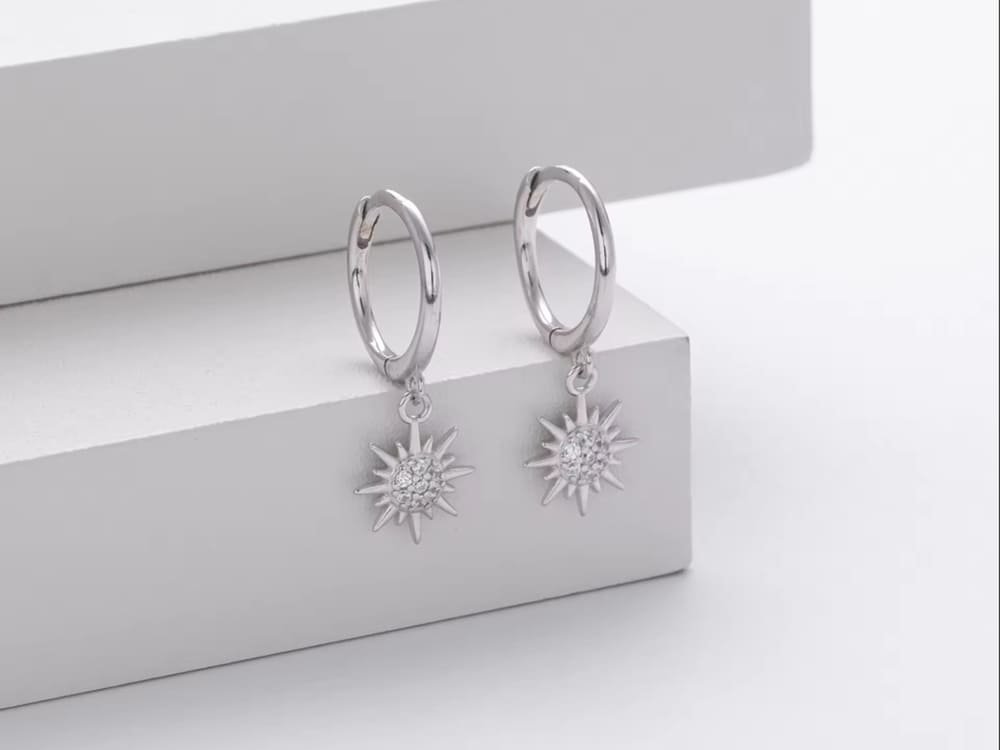
What is 925 Sterling Silver
925 Sterling Silver is the internationally recognized standard for jewelry silver, containing 92.5% silver and 7.5% usually composed of copper or other safe alloy metals.
Definition and Standards
- Internationally marked as “925” or “STERLING.”
- Ensures jewelry maintains its shine while providing enough strength for gemstone setting and engraving.
- Widely used in global jewelry markets, facilitating branding and export.
Physical Properties and Advantages
- Moderate hardness: Retains malleability while resisting everyday wear.
- Oxidation resistance: Maintains silver-white color over time.
- Safety and compliance: Meets ISO9001, RoHS, and Oeko-Tex standards.
Applications
- High-end jewelry: Rings, necklaces, earrings, bracelets, brooches.
- Craft items: Trophies, commemorative coins, silver ornaments.
- Brand-standard jewelry: Widely adopted by retailers and jewelry manufacturers.
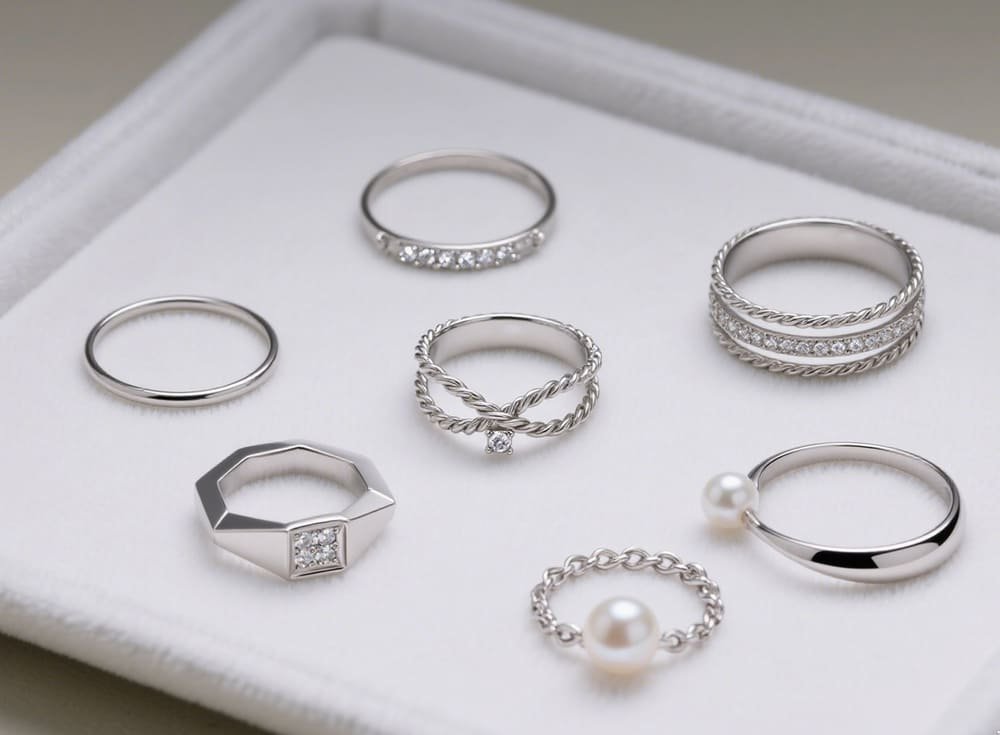
Key Differences Between Pure Silver and 925 Sterling Silver
Comparing Pure Silver and 925 Sterling Silver, the differences are mainly in the following areas:
1. Composition and Purity
- Pure Silver contains 99.9% silver, almost no other metals.
- 925 Sterling Silver contains 92.5% silver, with the remaining 7.5% alloy to improve hardness and durability.
2. Appearance and Shine
- Pure Silver has a natural bright surface but is soft and easily scratched.
- 925 Sterling Silver, polished or plated, maintains long-lasting shine.
3. Durability and Practicality
- Pure Silver is soft, not ideal for daily wear, and can bend easily.
- 925 Sterling Silver has moderate hardness, more resistant to wear, suitable for long-term use.
4. Market Value and Usage
- Pure Silver is ideal for collectibles and high-precision crafts.
- 925 Sterling Silver is the standard in jewelry, widely used for rings, necklaces, earrings, and bracelets.
5. Common Misconceptions
- Misconception: Higher silver content is always better.
- Correct understanding: Jewelry choice should balance material properties, craftsmanship, and usage scenario.
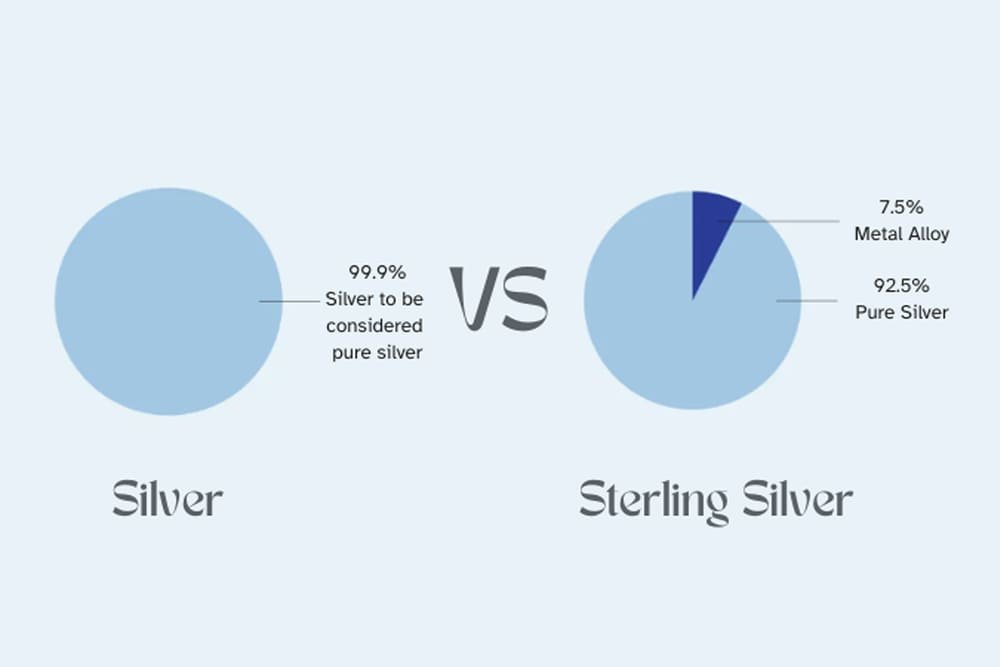
Why Choose 925 Sterling Silver for Jewelry
925 Sterling Silver combines excellent properties and versatility, making it ideal for jewelry production.
Aesthetic and Design Benefits
- Bright, elegant shine, compatible with polishing, plating, and engraving.
- Suitable for gemstone setting, intricate designs, and high-end creative pieces.
Durability and Value
- Moderate hardness, wear-resistant, oxidation-resistant.
- Recognized in global jewelry markets with stable value.
Flexibility
- 925 Sterling Silver allows full customization in materials, finishes, branding, and packaging.
- Suitable for both single-piece designs and full collections.
Wide Applications
- Wedding rings and commemorative jewelry
- Brand or corporate jewelry series
- Premium gifts and collectible items
- Trendy fashion jewelry
Fulcol: A Trusted 925 Silver Manufacturer
Background and Vision
- Fulcol was established in 2004 and has over 20 years of experience in producing high-quality custom jewelry.
- As a leading 925 silver manufacturer and one of the top 925 sterling silver manufacturers, Fulcol serves global brands with reliable silver products.
Professional Capabilities
- Advanced CNC processing, polishing, and 3D modeling technology.
- Flexible low minimum order quantities, from prototypes to full-scale production.
- Comprehensive branding solutions, including engraving, packaging, and finishing.
Certifications and Standards
- ISO9001, RoHS, and Oeko-Tex certified.
- Environmentally friendly production practices aligned with sustainability.
Clients and Market Reach
- Serving emerging brands, established jewelry brands, e-commerce sellers, independent designers, and corporate buyers.
- Exporting to over 50 countries with extensive international market experience.
Core Values
- Integrity, Excellence, Innovation, Sustainability, Collaboration.
- Professional design and strict quality control ensure all products meet international standards.
| Start Your Custom Order | Email: info@fulcol.com | Number: +86 13055603907 |
- Pure Silver is highly pure and ideal for collectibles, but its low hardness limits daily wear.
- 925 Sterling Silver balances beauty, hardness, and durability, making it the standard material in jewelry.
- Choosing an experienced and trustworthy 925 silver manufacturer or 925 sterling silver manufacturers like Fulcol ensures high-quality materials, precise craftsmanship, and reliable production, helping brands achieve superior silver jewelry collections.
